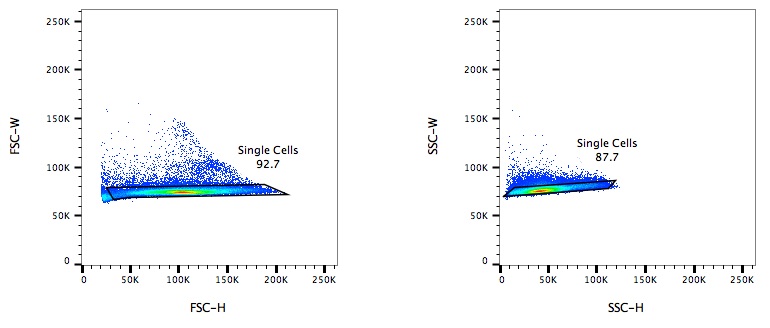
Caiyue Xu, Lu Wang, Parinaz Fozouni, Gry Evjen, Vemika Chandra, Jing Jiang, Congcong Lu, Michael Nicastri, Corey Bretz, Jeffrey D. SIRT1 is downregulated by autophagy in senescence and ageing. Tongcui Ma, Xiaoyu Luo, Ashley F George, Gourab Mukherjee, Nandini Sen, Trimble L Spitzer, Linda C Giudice, Warner C Greene, Nadia R Roan. HIV efficiently infects T cells from the endometrium and remodels them to promote systemic viral spread. Moorman, Felicia Goodrum, Bo Huang, Leor S. Sonali Chaturvedi, Jonathan Klein, Noam Vardi, Cynthia Bolovan-Fritts, Marie Wolf, Kelvin Du, Luwanika Mlera, Meredith Calvert, Nathaniel J.
#Facs flowjo software
The BioConductor software suite is a set of R packages that includes a number of tools for reading and manipulating flow cytometry data. Together, these provide powerful new tools for the experimentalist or clinician to analyze flow cytometry data in a different way one we hope will complement and perhaps one day supersede the traditional strategy of sequential gating." "Flow is an open source software tool for flow cytometry analysis that integrates ontology, statistics and visualization for the classification and comparison of multi-color flow cytometry data sets.


This is a basic package that has a variety of plotting tools, but doesn't seem to have nearly as much functionality as FlowJo.
#Facs flowjo how to
#Facs flowjo pro
Lite version sells for $300, pro version cells for $800 (standalone license). Software by De Novo Software, sold through BD Biosciences.
#Facs flowjo license
The software costs about $1500 for a node-locked license or key-based license. Scripting or other more complicated programming functions.Plot histograms, scatter plots, time series, etc.Load lots of different data sets and choose various subsets of the data for analysis.This is a very well-designed package that has a lot of analytical tools built in. We would like to see how the response of the cells varied as a function of time across the different deletion strains.

For additional samples were then taken, at roughly equal intervals of time. The cells were initially sampled and then DTT was added to trigger the unfolded protein response. To try out this software, I have been using a data set collected with Ignacio Zuleta that consisted of a portion of the yeast deletion library with a constitute reporter plus a unfolded protein response (UPR) reporter. Mainly for internal usage, but figured I would put it online in case others needed it. This page contains notes on flow cytometry software that I found while trying to analyze some data from UCSF.


 0 kommentar(er)
0 kommentar(er)
